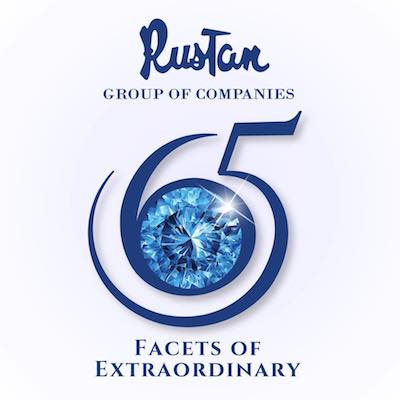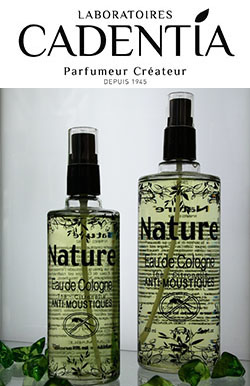Today, Feb. 11 at the opening of The Museum of Philippine Economic History, a project of Senator Frank Drilon @bigmandrilon , administered by the National Historical Commission of the Philippines (NHCP). The first of its kind in the ?? The building was owned by the Ynchausti family. ( Yco Floor Wax, Yco Paints, Tanduay Rum, and Rizal Cement) Beautiful speech by Nick Ynchausti #museumofphilippineeconomichistory#h2hiloilo #iloilo #h2hproudtobepinoy#itsmorefuninphilippines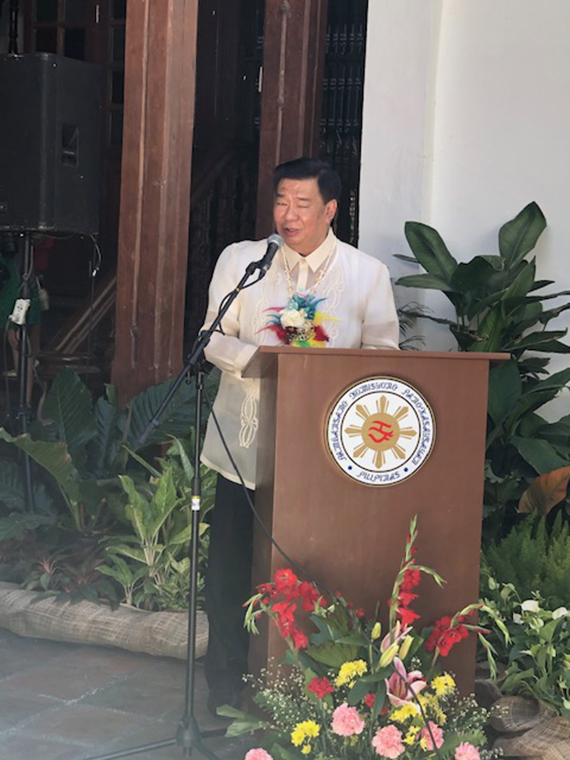
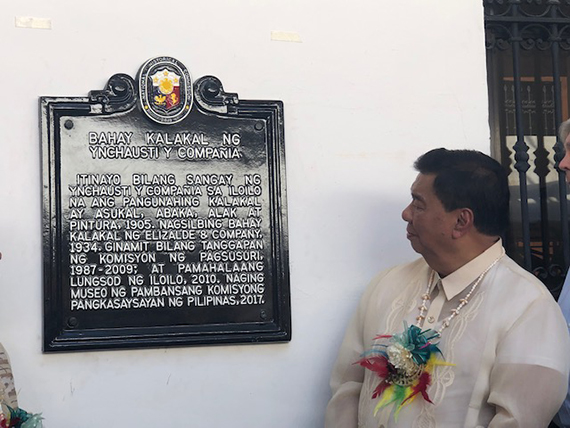

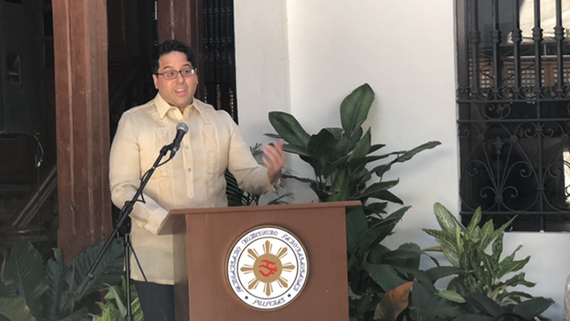
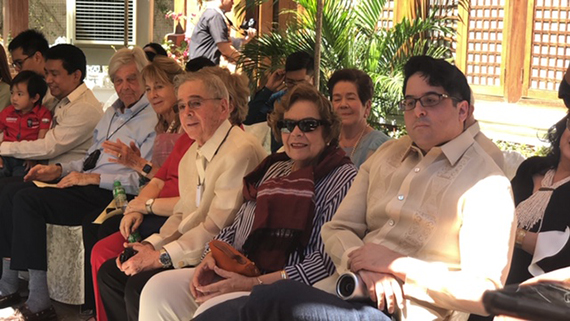


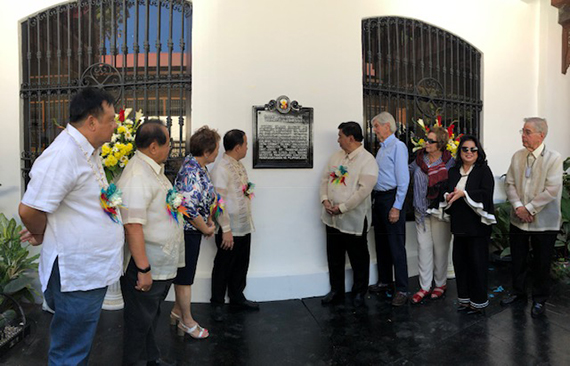
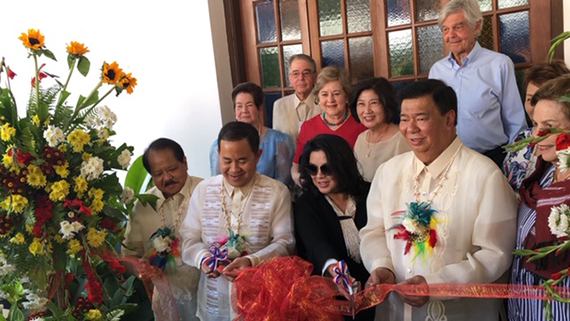
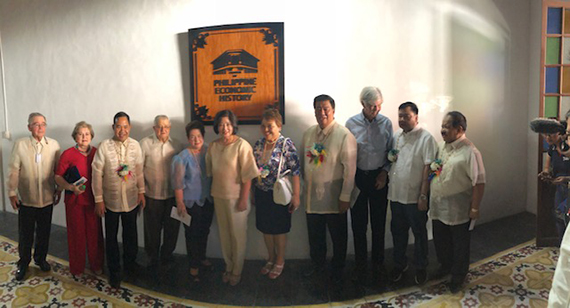

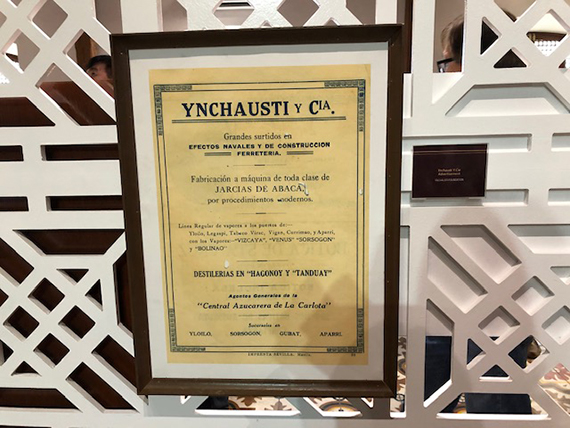
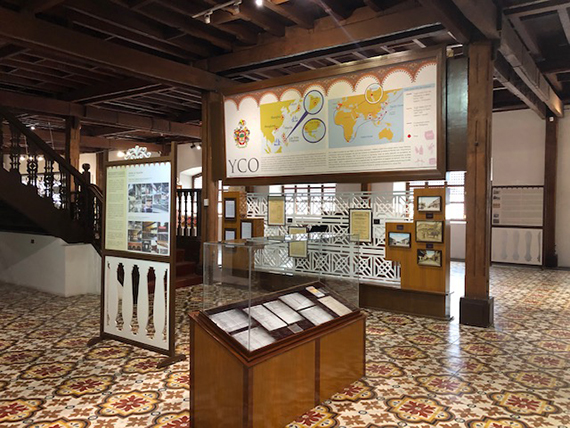
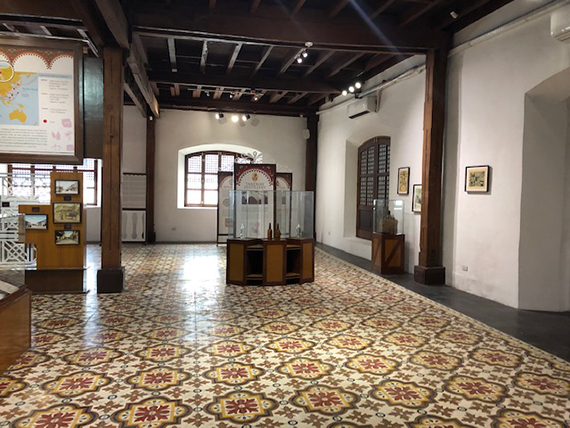

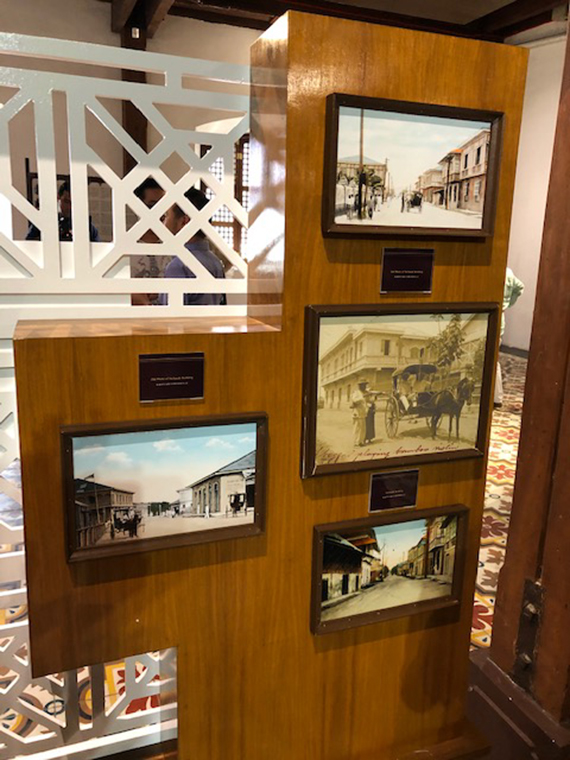
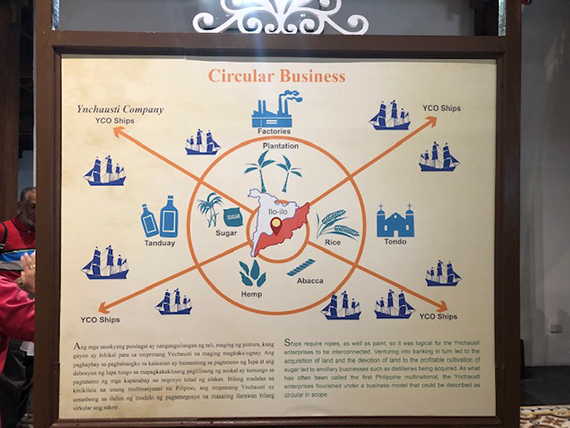

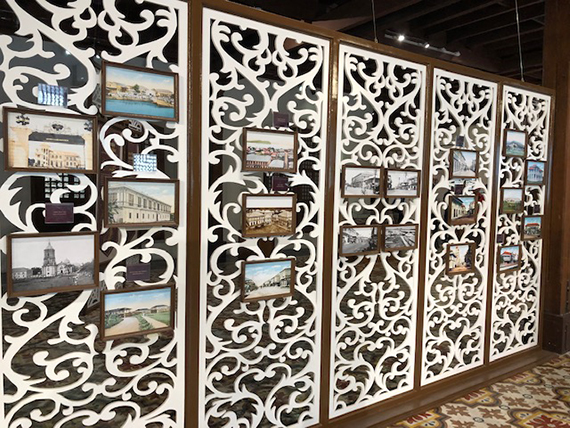

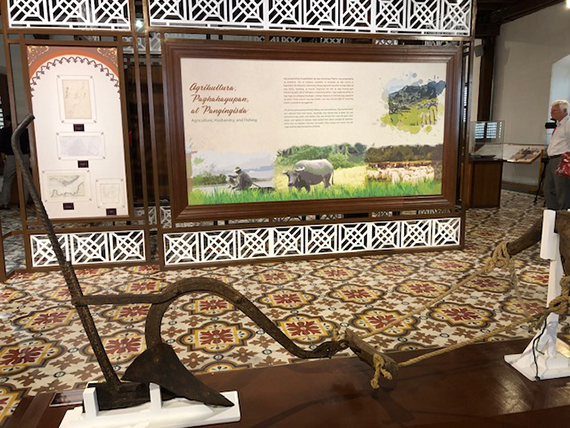
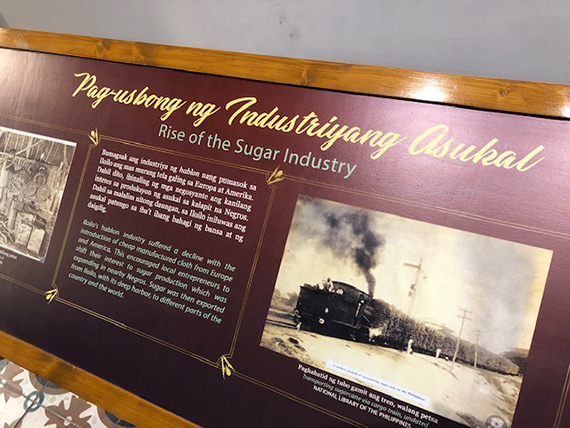
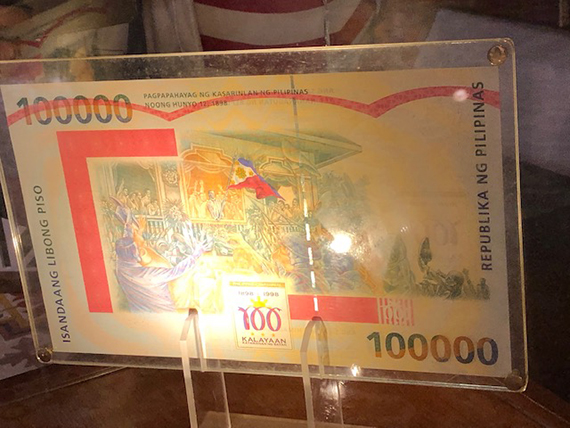
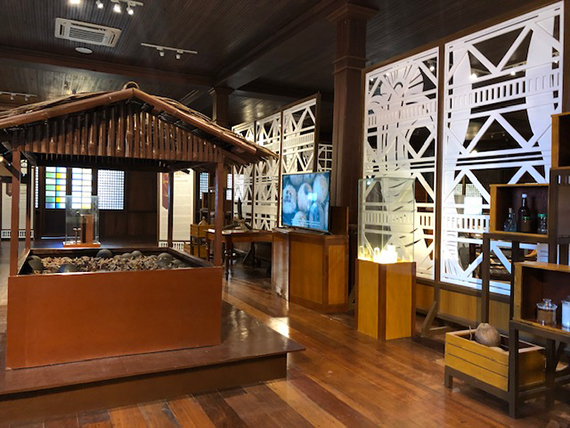
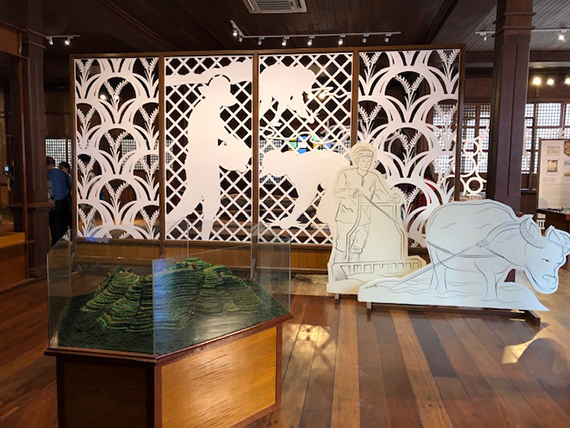
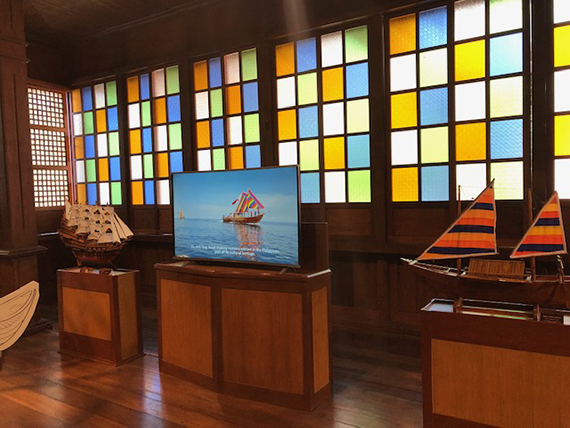
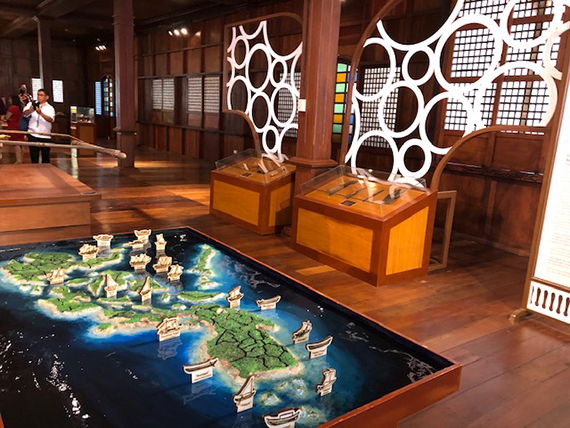

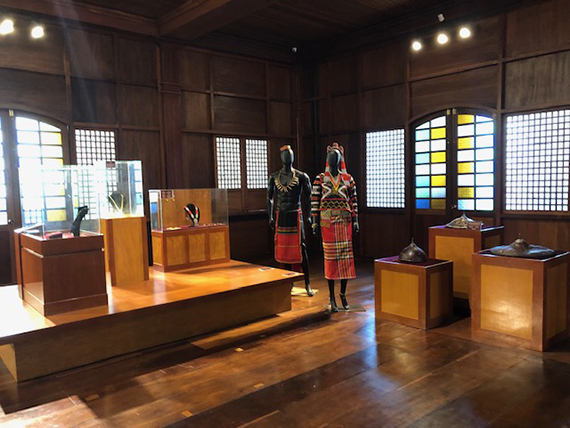


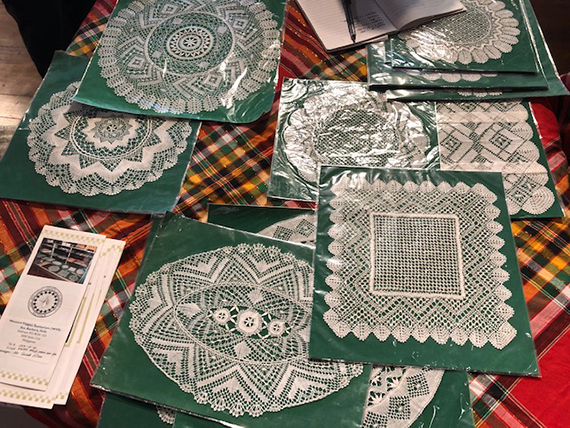
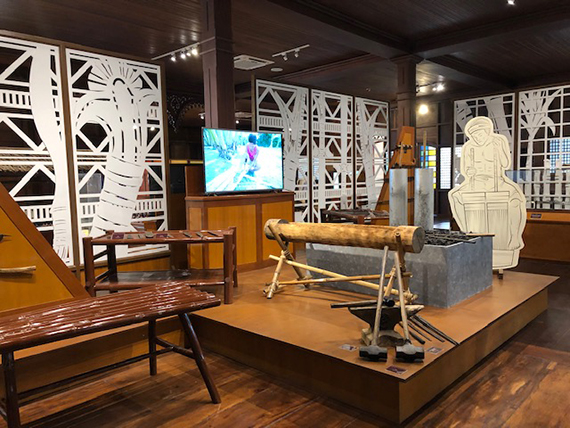


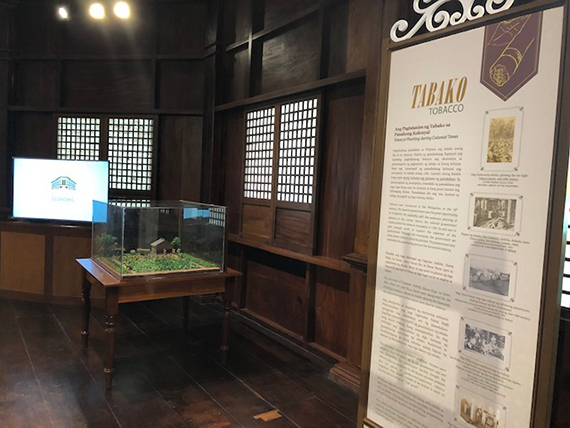

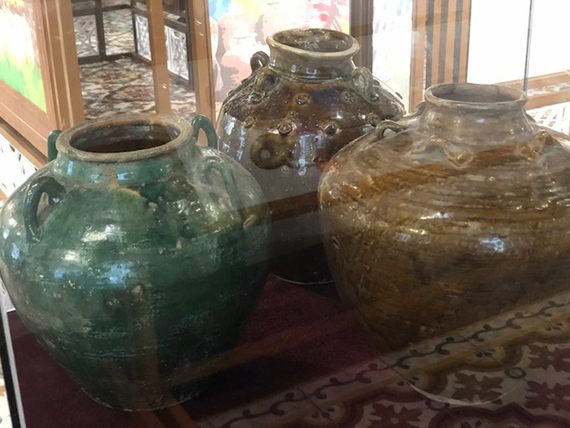
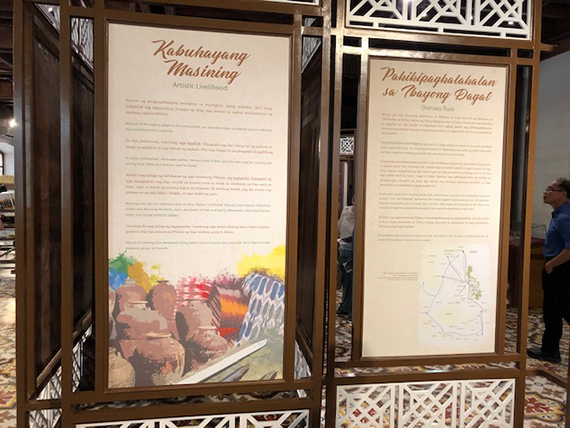
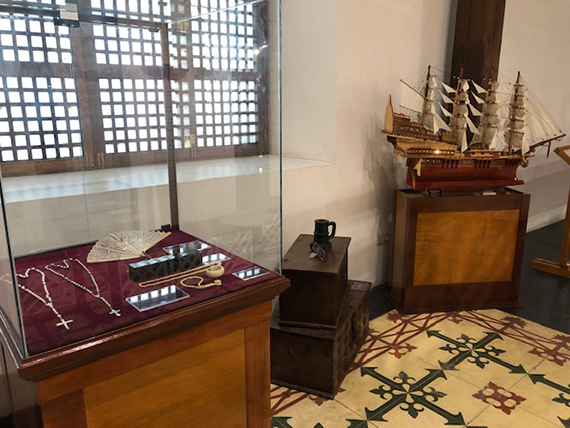
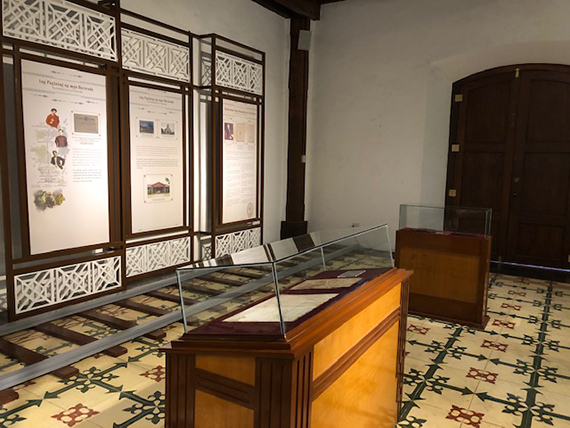
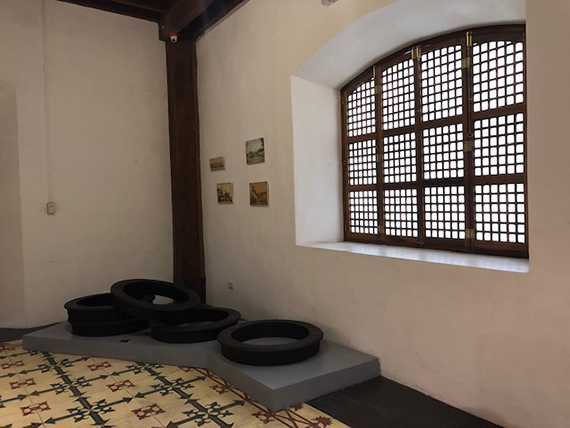
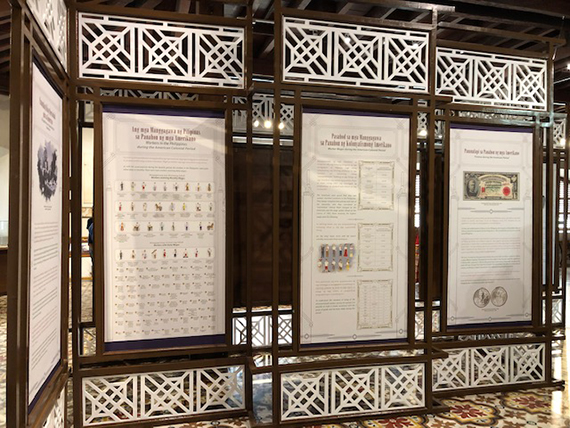

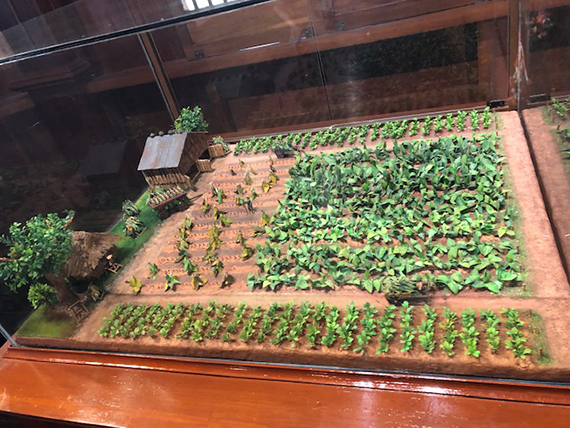
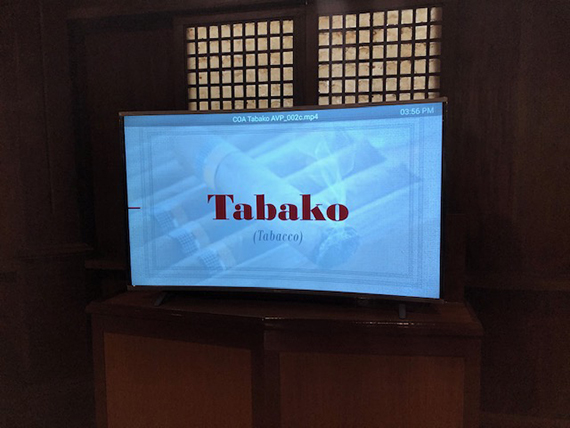
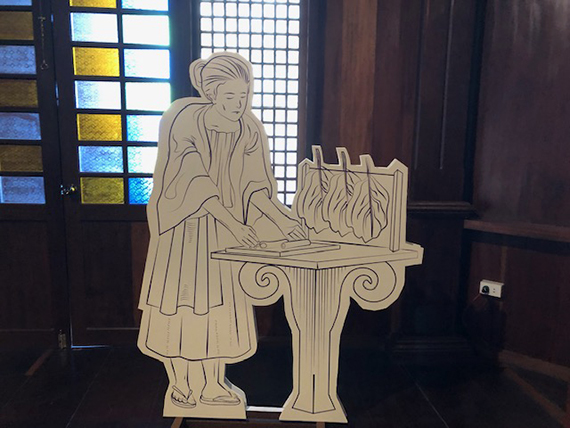
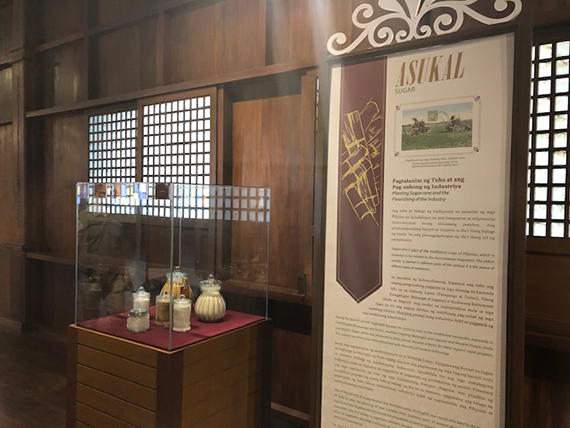
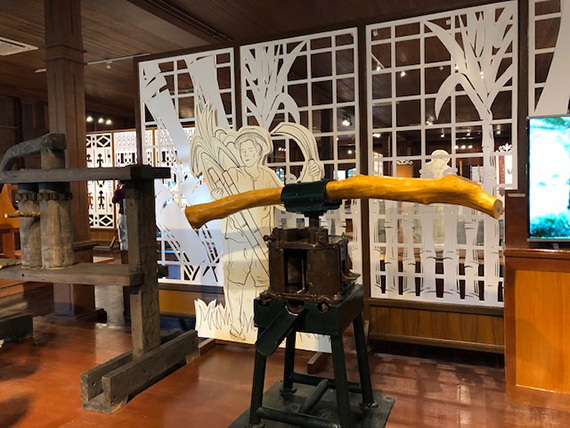
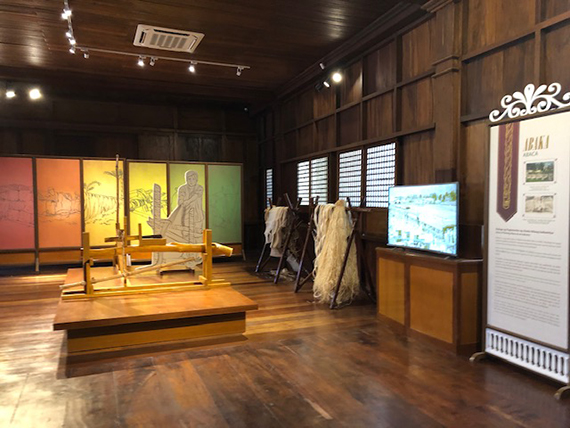

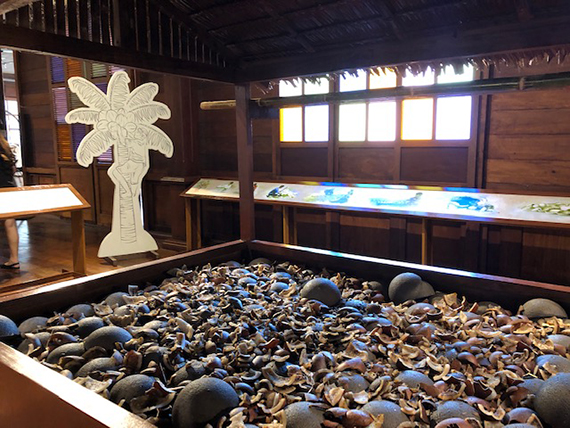
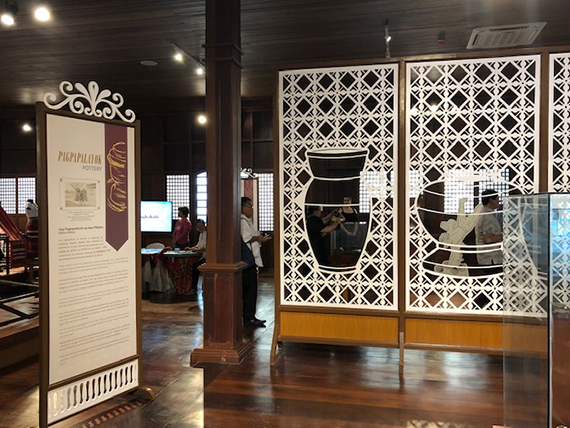

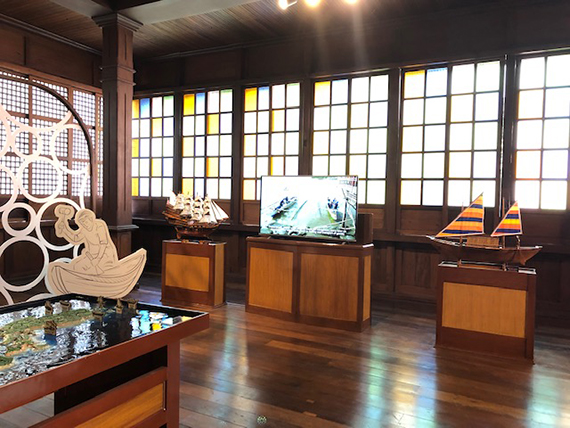
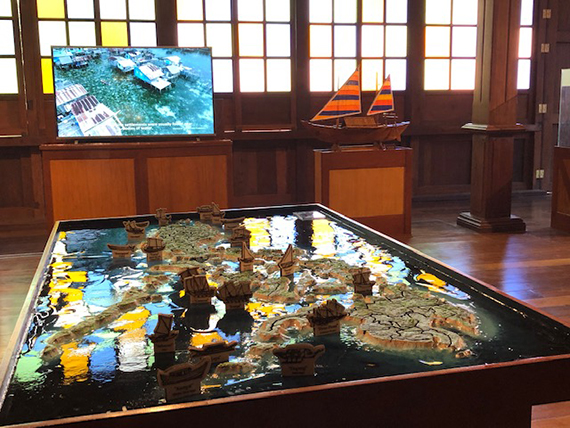
BRIEF NARRATIVE ON YNCHAUSTI Y CIA
By Nereo Lujan
Iloilo has been a flourishing trading community since the pre-colonial days, and was already in contact with China and other nearby countries before the arrival of the Europeans. Its rich forests and fertile plains made it into a major economic actor during the Spanish colonial period. During the American era, it was dubbed as “The Queen City of the South” as it was second to Manila in importance.
A top rice producer, Iloilo became the granary of the archipelago, supplying food to Spanish troops even in Mindanao. Early Missionaries and explorers also found its soil to be suitable for the cultivation of black pepper, cocoa, coffee, corn and sugarcane. French scholar Jean Mallat had described its people to be “very industrious in their rice farms.”
The growth of Iloilo’s textile industry brought modern economic transformation to the province, becoming its chief export by the early 19th century. Centuries of trade with Chinese merchants and the development of the weaving loom spurred large-scale production. Arriving in 1856, British vice consul Nicholas Loney reported Iloilo to have 60,000 looms scattered all over the province.
Iloilo’s textile industry suffered a decline with the introduction of affordable manufactured cloth from Europe and America. This encouraged local entrepreneurs to shift their interest to sugar production which was expanding then in Negros, just across the strait. Thanks to its deep harbor, Iloilo became an entrepôt and it experienced an economic rebirth by serving the needs of the sugar industry.
Following the opening of its port to world trade in 1855, Iloilo was again catapulted to economic dominance, attracting foreign consulates and large commercial companies to participate in the burgeoning sugar trade. Soon after, Iloilo experienced an agglomeration of import-export firms and banks, and its principal port town earned a character of a foreign enclave.
One of these commercial houses to come to Iloilo around this time was the Ynchausti y Compañía, the biggest trading firm in the Philippines during that period. Founded in 1816 by the Basque trader Jose Antonio de Ynchausti (1774-1850), it was involved in banking, shipping, insurance and real estate, as well as in the production and trade of sugar, liquor and abaca.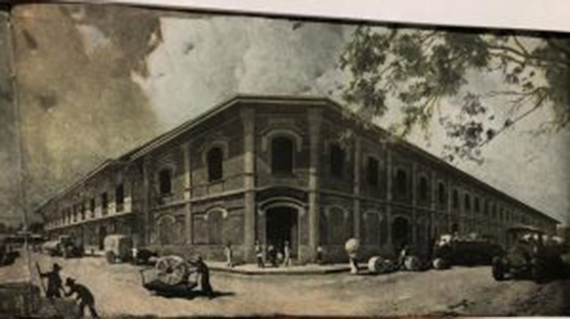
The Casa Comercial de Ynchausti y Compañia was built prior to 1910, a few years after Iloilo was burned when retreating revolutionaries set the town on fire following the invasion of the Americans in early 1899. As the base of its operation, this building witnessed a number of business negotiations and contract signings, as well as product deliveries and cash disbursements.
Ynchausti y Compañia is remembered for having built and owned the Puente Colgante or the Hanging Bridge over Pasig River, the first steel suspension bridge in Asia that was completed in 1852. The firm also became synonymous with products like Tanduay Rum, Rizal Cement, Yco Floor Wax and Yco Paints.
It is along Pasig River, on Muelle de la Industria, where Ynchausti y Compañia opened the Ynchausti Rope Factory which manufactured high-quality ropes distinguished worldwide for their durability. The ropes were made using abaca fibers and the firm soon began growing abaca in Iloilo, Sorsogon and Aparri, monopolizing the industry for many years.
In 1887, Ynchausti y Compañia acquired from the colonial government the 1,160-hectare Sicogon Island but, four years later, sold the now famed tourist destination off the coast of Estancia, Iloilo. The firm also owned Central Azucarera de Sara-Ajuy in Iloilo, Central Azucarera de La Carlota in Negros Occidental and Central Azucarera de Pilar in Capiz.
By the late 1920s, Ynchausti y Compañia came under the management of brothers Angel, Joaquin Miguel and Juan Miguel, grandchildren of Joaquín Marcelino Elizalde, a minority partner in the firm starting the 1870s. In 1933, the Elizaldes eventually acquired Ynchausti y Compañia and renamed it Elizalde y Compañia in 1936
Century-old Elizalde building is now a museum
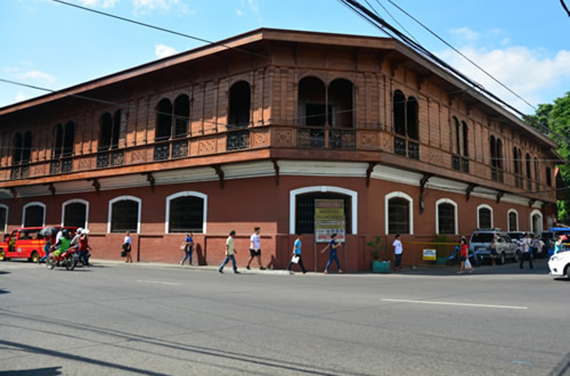 The impressive transformation of the Elizalde building, formerly known as the Commission on Audit building, into a museum is the latest in a slew of restoration of key heritage and culture sites that began five years when the Ilonggo senator launched the Iloilo Heritage and Urban Renewal Project that aims to protect and preserve Iloilo’s rich heritage and culture.
The impressive transformation of the Elizalde building, formerly known as the Commission on Audit building, into a museum is the latest in a slew of restoration of key heritage and culture sites that began five years when the Ilonggo senator launched the Iloilo Heritage and Urban Renewal Project that aims to protect and preserve Iloilo’s rich heritage and culture.
The new museum, the first of its kind in the country, according to Drilon, will feature the economic history of the country and the local history of the Iloilo and industries of Western Visayas.
“This new and first-of-its-kind museum will offer a window to the past – to the country’s colorful economic history and how Iloilo earned the title the ‘Queen City of the South,’” Drilon said.
The new museum, a project of Drilon, will be administered by the National Historical Commission of the Philippines (NHCP).
The Elizalde building is a hundred-year-old complex whose architecture depicts the age of progressive commerce and trade in Iloilo during the 18th to early 20th century. It was formerly owned by one of the country’s biggest trading firms during the 18th century, the Ynchausti y Compania, of the Ynchausti family. The firm’s name was synonymous with its products like Yco Floor Wax, Yco Paints, Tanduay Rum, and Rizal Cement.
By the late 1920s, Ynchausti y Compañia came under the management of the Elizalde family, who eventually acquired the firm and renamed it Elizalde y Compañia in 1936, until the COA bought the building.
Now, the Museum of Philippine Economic History boasts hundred decades-old artifacts and items on display, including old San Miguel beer bottles from the Ynchausti clan; molino de sangre, which was a very important tool in the Western Visayas region’s sugar industry; decades-old gold, necklace and other accessories from Pampanga; looms from the oldest weavers of Miagao in Iloilo, then known as the Textile Capital of the Philippines; t’nalak from Mindanao; old photographs, maps, train wheels, plates; and many others.
The new museum is just one of the must-visit museums in the province that was recently opened, Drilon noted. The Megaworld Corporation opened in 2018 the Iloilo Museum of Contemporary Arts and the National Museum opened its Western Visayas Regional Museum in the old Iloilo Provincial Jail last year.
Besides the three newly opened museums, the other must-visit museums are the Museo Iloilo, Rosendo Mejica Museum, John B. Lacson Museum, and Archdiocesan Museum.
Drilon’s Iloilo Heritage and Urban Renewal Project also restored the old Iloilo Customs House, called Aduana; the Sunburst Park; and the Ker and Co. Building.
The Sunburst Park, which was originally known as “Plaza de Aduana,” a description of the park fronting the Iloilo Custom House or Aduana, was developed following the inauguration of the Iloilo Customs House in 1916. It was in the plaza where the US Army 40th Infantry “Sunburst” Division helped liberate Panay from the Japanese at the end of World War II.
Today, the newly renovated park boasts wide public space and features such as a walkway, a chess playground, park benches, parking area, the existing Peralta Statue, and the Sunburst area.
The new park compliments the Iloilo River Esplanade, a project of Drilon which won the Best Landscape Architecture Award in 2018, in terms of providing the public open spaces where they can leisurely walk, exercise, and enjoy the beauty of the environment, thus promoting a healthy and an active lifestyle for Ilonggos.
Also restored was the century-old Iloilo Customs House, which now houses a government agency and a gallery on the history of the port of Iloilo.
The Provincial Government led by Gov. Arthur Defensor has also initiated major heritage conservation projects, including the restoration and adaptive reuse of the Casa Real de Iloilo and the Prison of Iloilo.
The original Casa Real de Iloilo structure was built in 1873 but was renovated and redesigned by the Americans following the inauguration of the civil government of Iloilo in 1901. It became the seat of the provincial government and was used as headquarters of the Japanese Imperial Army during World War II. The Prison of Iloilo, built in 1911, now houses the National Museum Western Visayas Regional Museum and Satellite Office, which opened in April 2018. – END
First economic history museum in PHL opens in Iloilo The century-old Elizalde building located in Iloilo City’s Central Business District is now the country’s first ever museum on economic history.
Senate Minority Leader Franklin M. Drilon led the inauguration of the Museum of Philippine Economic History on Monday, together with the National Historical Commission of the Philippines (NHCP) officials led by its chairman Rene Escalante and executive director Ludovico Badoy.
Drilon described the museum as “the first of its kind” which provides a glimpse into the country’s colorful and lengthy economic history.
The Ilonggo senator said the selection of Iloilo as host to the first museum on economic history is befitting of Iloilo’s previous title as the Queen City of the South for its contribution to the industries and business that thrived in the country.
“I am proud of this heritage landmark and museum, showcasing the endurance, innovation and creativity of Filipino workers and enterprising businessmen and women to create a path towards self-sustainability and progress for the Philippines,” Drilon said.
“Filipinos will enjoy this museum, not only as a learning hub of Philippine history, but also as a place that would inspire visitors, young and old, to venture their own path and willingly contribute to the Philippine economy,” he stressed.
The museum, according to Drilon, will provide window to the past and “educate Filipinos of today and of the future generation about the economic history of the country and about the life of forebears.”
On display are hundred artifacts, including old San Miguel beer bottles from the Ynchausti clan; molino de sangre, which was a very important tool during the peak of Western Visayas region’s sugar industry; looms from the oldest weavers of Miagao in Iloilo, which was known then as the Textile Capital of the Philippines.
The museum also showcases artifacts coming from other regions such as t’nalak from Mindanao and decades-old gold, necklace and other accessories from Pampanga; old photographs and maps, and other interesting remnants of the past.
The museum is housed at the historic and century-old Elizalde building, which was one of the centers of economic activity in Iloilo that shaped the economic vigor of the country since the Spanish colonial times.
It was formerly owned by one of the country’s biggest trading firms, the Ynchausti y Compania, of the Ynchausti family. The firm’s name was synonymous with its products like Yco Floor Wax, Yco Paints, Tanduay Rum, and Rizal Cement.
The Ilonggo senator “Iloilo is poised to become the country’s center of culture and the arts.”
“All these initiatives will breathe new life into Iloilo’s growing economy and tourism. Because of these, I am certain that Iloilo could soon become the country’s center of culture and the arts,” said Drilon, referring to other restoration projects under the Iloilo Heritage and Urban Renewal Project, which he started five years ago.


